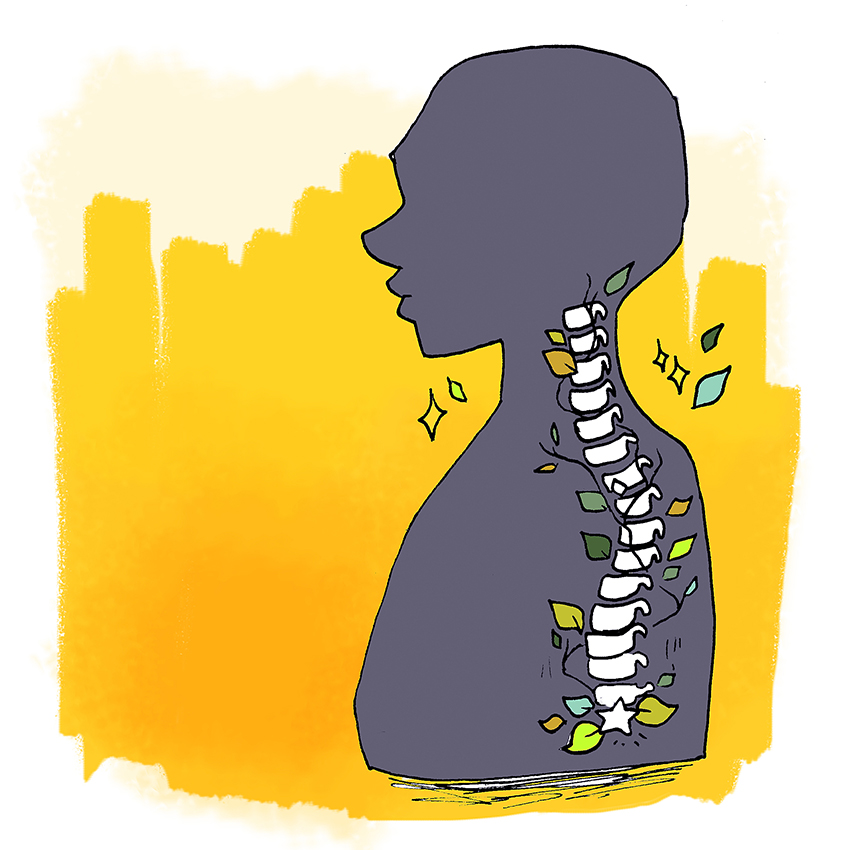A new experiment by UT Southwestern researchers may bring hope for spinal cord injury patients.
Chun-Li Zhang, associate professor of molecular biology, and Lei-Lei Wang, postdoctoral researcher, recently developed a method of regenerating spinal nerve cells in adult mammals. This advancement, which has so far only been tested in animals, has the potential to help people who have endured spinal cord injuries by generating new spinal nerve cells.
Zhang said that there’s currently no effective treatment for spinal cord injuries, which reduce patient mobility because they weaken the bond between the brain and body.
“In adults, after an injury to the spinal cord, the spinal cord does not have the ability to produce new neurons to repair the damaged ones,” Zhang said.
Wang said regenerating spinal nerve cells does not require any type of transplant. Spinal nerve cells are instead generated from support cells, called glial cells, which are already in the mammal’s spinal cord and provide protection for neurons. The team had to devise a strategy to convert these glial cells into nerve cells.
“[Glial cells] have the ability to proliferate after damage, but they are not neurons,” Zhang said.
Zhang said the team generated the neurons through viral-mediated expression, which involves inserting a gene into a virus that then precisely alters the genome of existing cells.
Zhang said in order to get the mammals to generate glial cells and change them into their own potential nerve cells, they had to deactivate a mechanism in the animals that halts nerve cell production. Once researchers deactivated this pathway, however, they found that nerve cell production was still low.
"Then we optimized the conditions and found out the underlying mechanism,” Zhang said. “A manipulation of the Noggin and BDNF factors can cut the production time in half.”
Wang said Noggin proteins are involved in the development of many body tissues, including nerve tissue, muscles and bones. BDNF exists in the central and peripheral nervous systems, helping support the survival of existing neurons and promoting the growth and differentiation of new neurons and synapses. These factors were able to increase the production of altered glial cells tenfold.
However, this study has only been performed on mice. The environment necessary for growing Noggin and BDNF factors is not present in the human spine.
“The new nerve cells that can potentially be made do not work well in our spinal cord. They need a more nurturing condition for the axon and dendrite growth,” Zhang said.
Zhang said the team can make the process more efficient by modifying their delivery approach and the growth factors they use. He said more research is needed to determine if this method can be modified for use in humans.
“This is a great step for the future of regenerative-based therapy for spinal cord injuries,” Zhang said. “With this, we can create a lot of cells, and this is the critical step towards getting the cells fully integrated into motor function.”















